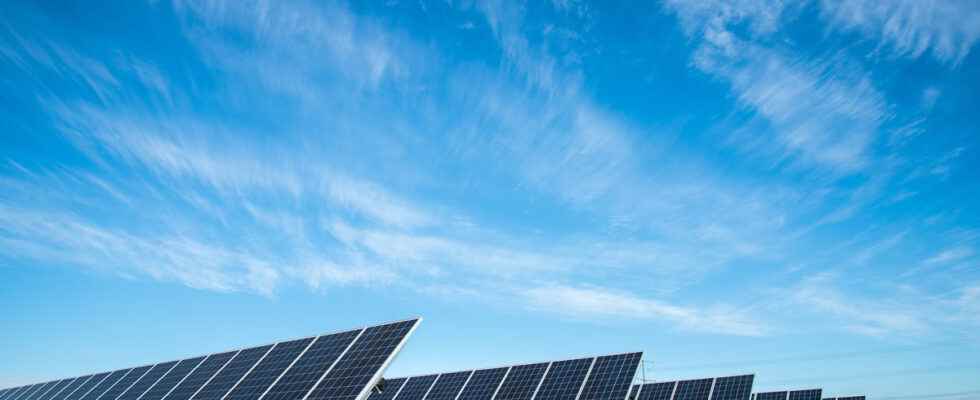For the first time, scientists have managed to obtain an efficiency of more than 30% with solar cells. This feat was possible thanks to a tandem composed of silicone and perovskite. This breakthrough should make it possible to significantly improve the efficiency of solar energy and encourage its mass production, while reducing costs for the consumer.
At a time when it is becoming urgent to review our way of producing electricity, solar energy presents itself as an excellent candidate: simple to set up, strategically sensible in certain regions, etc. However, a major obstacle stands in the way of its development: its yield. Indeed, to date, most solar panels transform only 22% of solar energy into usable energy.
But that could soon change, thanks to the efforts of a team of Dutch scientists. The latter succeeded in developing a solar cell breaking the symbolic barrier of 30%, achieving an efficiency of 30.1%. This is a real revolution in the world of renewable energies, which could thus lead to the large-scale adoption of this method of production.
On the same subject – Ikea France sells solar panels on its site, here are the prices
Our solar panels will soon be much more efficient
To achieve such a result, the researchers developed a new type of solar cell, made up of four terminals in silicon and perovskite tandem. The silicone allows to capture the rays of the sun in our vision spectrum as well as the infrared rays, while the perovskite concentrates beforehand on the ultraviolet rays. This arrangement allows the two components to work independently, thus boosting the amount of energy converted.
Related — Tesla: Its Solar Panels Are Super-Efficient, But You Need to Be Patient Before They Pay Off
In addition to promoting green energies, this invention will have a direct impact for users, who will see a drastic drop in their electricity bill. Indeed, this progress means that with equal infrastructures, it will be possible to produce more energy. It now remains to mass-produce this tandem. This is the next step in the team of scientists’ research.
Source: Press release
